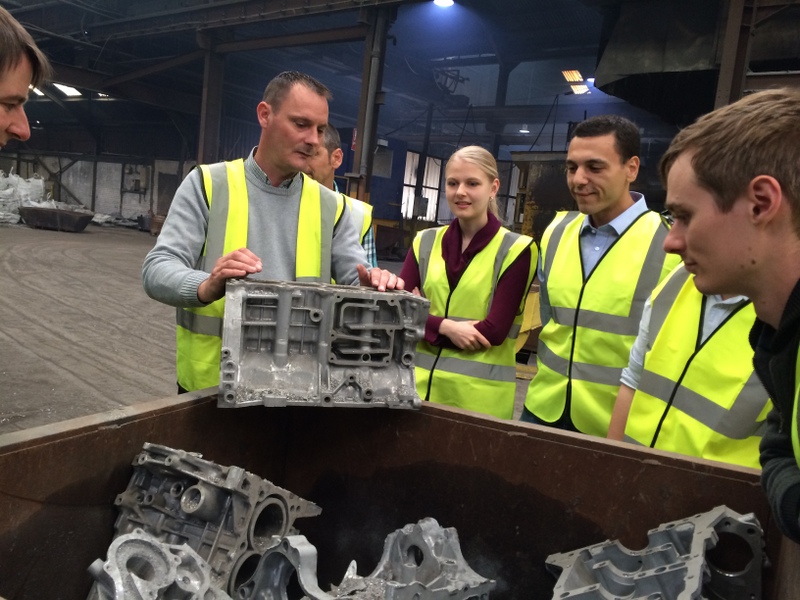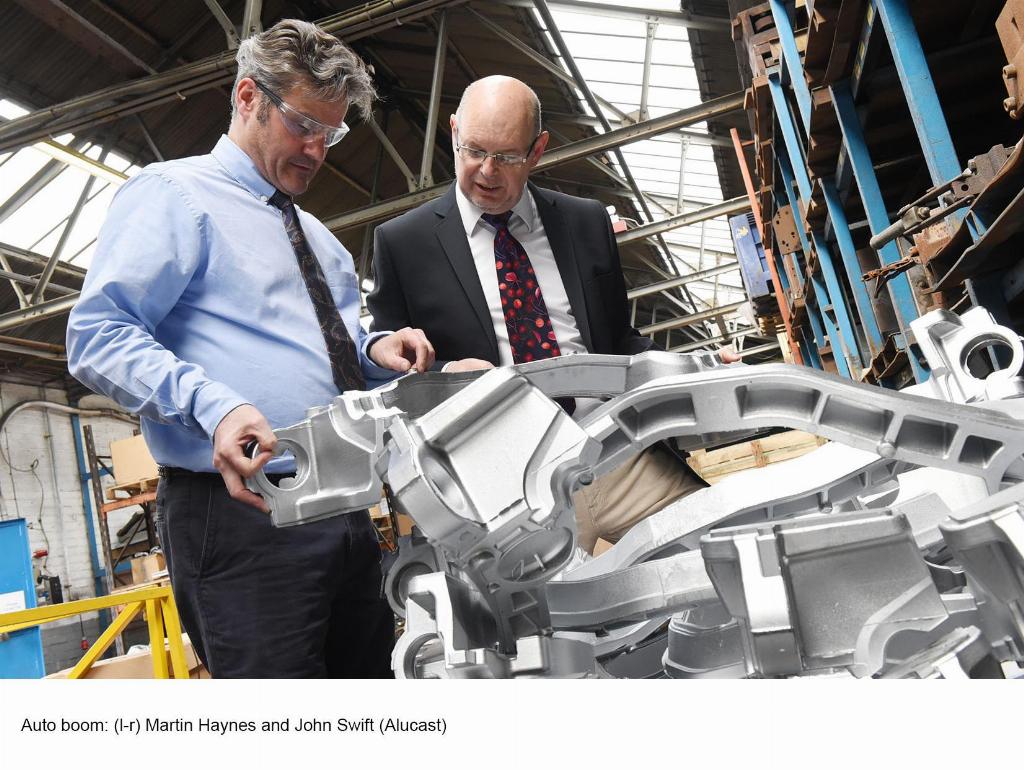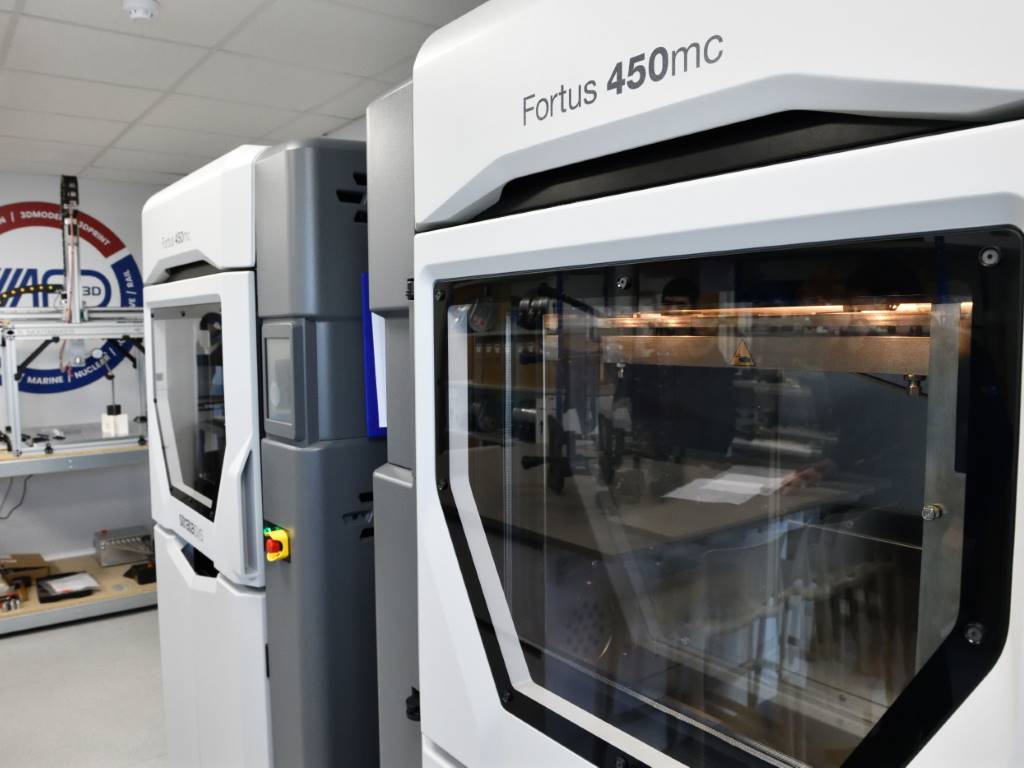Nissan reveals breakthrough in carbon fibre part production

Carbon fibre, a material conventionally used in aeroplanes, rockets and sports cars, may find its way into more mass-market cars thanks to a new production process.
The new process from Nissan speeds up the development of car parts made from carbon fibre reinforced plastics, or CFRP.
Lightweight yet extremely strong, the material can be used to make cars that are safer and more fuel efficient. It can also lower a car’s centre of gravity when applied to upper body parts, making it more agile and exciting to drive.
Nissan aims to use the new process to mass-produce CFRP parts and introduce them in more cars for customers. The innovation can cut the lead time to develop such components by as much as half, and cycle time for moulding by about 80%, compared with conventional methods.
While the benefits of carbon fibre have long been known, it is has been expensive compared with other materials such as steel. Along with the difficulty in shaping CFRP parts, this has hampered the mass production of automotive components made from the material.
Nissan has found a new approach to the existing production method known as compression resin transfer moulding. The existing method involves forming carbon fibre into the right shape and setting it in a die with a slight gap between the upper die and the carbon fibres. Resin is then injected into the fibre and left to harden.
Nissan’s engineers developed techniques to accurately simulate the permeability of the resin in carbon fibre, while visualising resin flow behaviour in a die using an in-die temperature sensor and a transparent die. The result of the successful simulation was a high-quality component with shorter development time.












